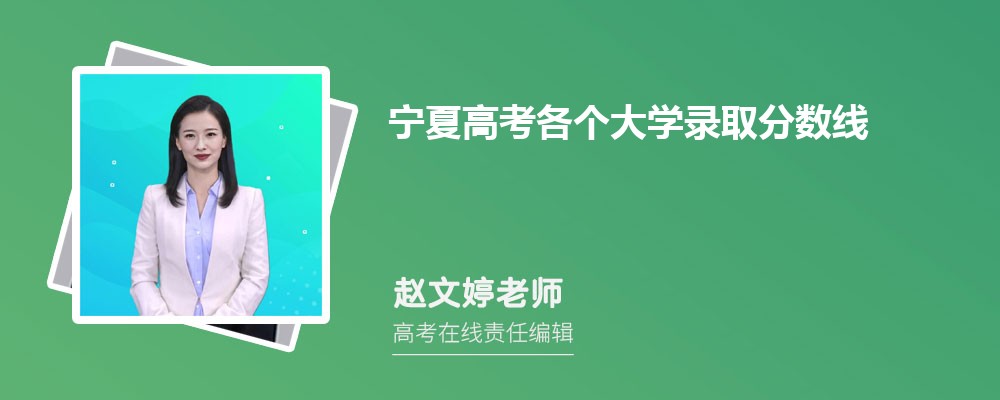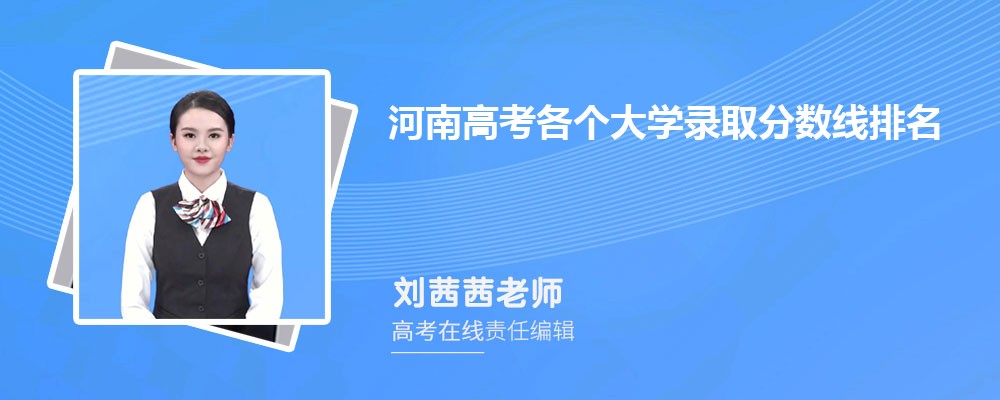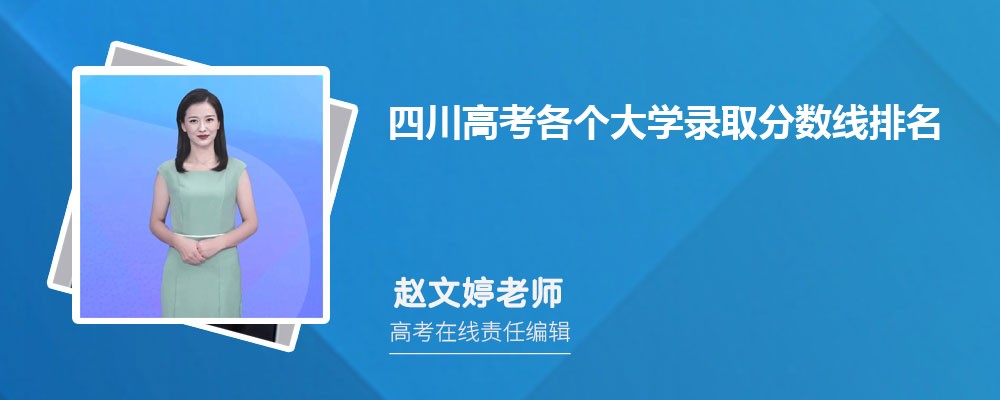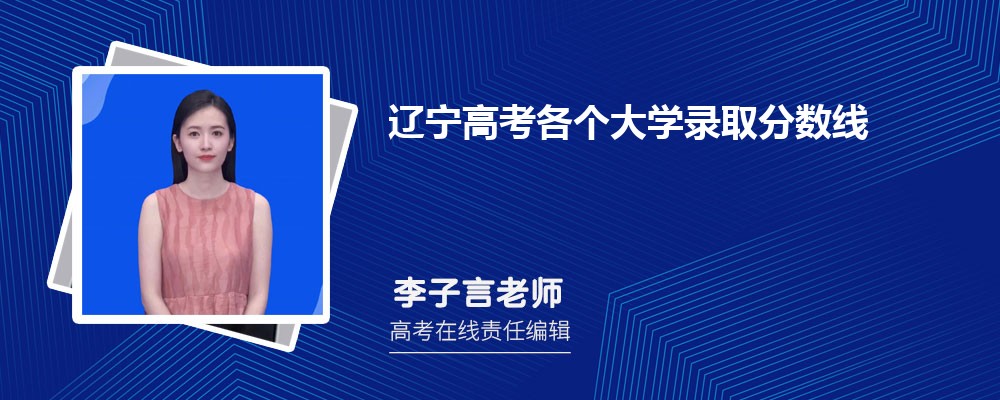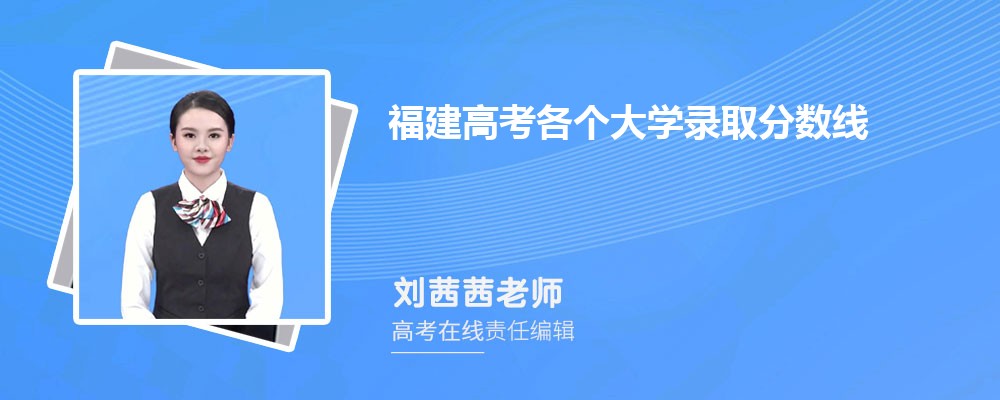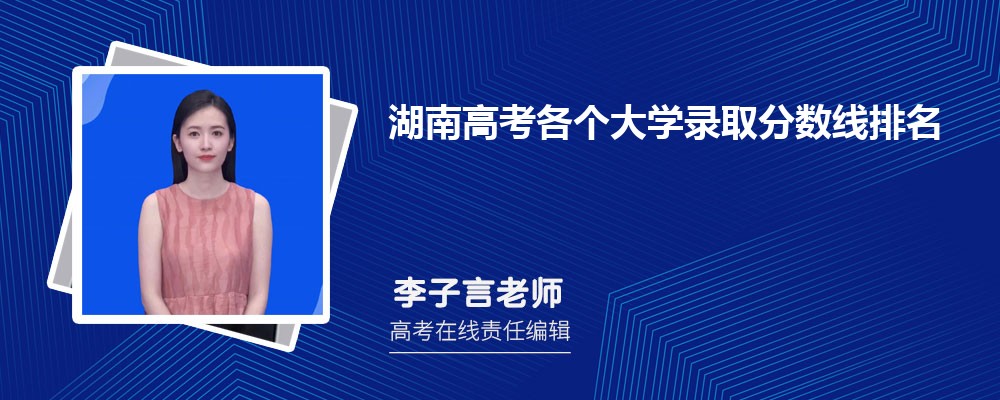拉卜楞寺英文导游词1
Dear tourist friends, welcome to Labrang temple. Labrang temple is located in Xiahe County, Gannan Tibetan Autonomous Prefecture, Gansu Province. Labrang temple is the manyin of Tibetan "lazhang", which means the residence of living Buddha. It is one of the six temples of Gelug Sect in Tibetan Buddhism. The other five main monasteries are Gandan, sera, zhashlunbu, Drepung and tal in Tibet. Labrang temple is known as the "world Tibetan academy". In its heyday, there were more than 4000 monks. The leader of the temple was the sixth Jiamuyang Hutuktu, and other leaders included badakanpu and sidadachi. Labrang temple, known as 108 temples in history, is the political and religious center of Gannan region, and retains the best teaching system of Tibetan Buddhism in China. The temple is located in the north and south, covering a total area of 866000 square meters, with a construction area of more than 400000 square meters. There are more than 90 main temples, including six colleges, 16 Buddhist temples, 18 living Buddha palaces, monks' houses, lectern, Fayuan, Yinjing temple, pagodas, etc., forming a group of magnificent buildings with Tibetan characteristics, with no less than 10000 houses. The temple is the oldest and only temple built in the period of the first Jiamuyang living Buddha, which is located next to the Sutra Hall of xiaxubu college. In 1982, it was listed as a national key cultural relics protection unit. Tourism was opened to the outside world in 1980.
Dear tourists, Labrang temple has a unique architectural style. All the Buddhist temples in the temple use local stone, wood, earth and anise as building materials, and rarely use metal. The whole building is wide at the bottom and narrow at the top, which is similar to trapezoid shape. It has the knowledge of "no wood outside, no stone inside". According to their different functions and levels, the temples are painted with red, yellow, white and other soil pigments, the balcony eaves are hung with colored cloth curtain, and the top and wall of large and medium-sized buildings are covered with bronze gold-plated, Yinyang beast, Aquarius, Fanzhuang, Jinding and Xiongshi. Some of the halls also integrated and absorbed the architectural achievements of the Han people, adding palace style roofs, covered with gold-plated copper tiles or green glazed tiles. There are more than 10000 national cultural relics and Buddhist works of art in Labrang temple. In each hall, there are 16 giant Buddhas with gold-plated bronze or sandalwood carvings more than 8 meters high. There are many kinds of medium and small Buddhas, Bodhisattvas, pagodas, and Dharma implements. The temple also has the clothing and other daily necessities of Jiamuyang masters, as well as the imperial edict, seal, seal, large plaque, thousand Buddha tree, Pearl Tower, yuruyi, meteorite and haihaiya.
Dear tourists, the religious system of Labrang monastery is mainly composed of six colleges: Wensi, medicine, Shilun, jijingang, ShangXu and Xiaxu. Among the monasteries in the whole Mongolian and Tibetan areas, the system is the most perfect.
Wensi college is the largest of the six colleges, also known as Dajing hall. It has hundreds of houses including front hall building, front courtyard, main hall and back hall, covering an area of more than 10 mu. It is a mixed structure of Tibetan style and ancient palace style, with gold-plated copper tiles, copper goats,Fanzhuang, Baoping and other decorations on the top. It focuses on the study of the five great theories written by Indian Buddhists (the theory of interpretation, the theory of Prajna, the theory of middle view, the theory of giving up and the theory of discipline). Wensi college belongs to Xianzong, and the other five colleges belong to Mizong and others. Xianzong emphasized understanding and systematically studied the principles of Buddhism, while Tantric emphasized cultivation and monks received special education. The study time of Wensi college is divided into nine semesters, namely four university periods, one month each semester; two middle school periods, 20 days each semester; three primary school periods, 15 days each semester. Every year, monks have to pass strict examinations before they can be promoted. The time is November 19 of the lunar calendar. In the examination, the examinee sits in the middle and answers the questions raised by gexi and the monks. Only when the answers are satisfactory and there are no omissions, can the examinee pass. Shilun college. In addition to studying the dense multiplication of time wheel related to observation, he mainly studied the astronomical calendar of time wheel.
The monks in the medical college major in Tibetan medicine and are also divided into three grades. The primary monk must recite the conversion Sutra, the Green Tara Sutra, the Guanyin Heart Sutra, the immovable Sutra, the fundamental continuation and the follow-up. The intermediate monk recited Shi Xu, Yao Wang Jing, Ma Wang bai Lian Jing, etc. Senior monk mainly studies "four medical Canons" and "Bod hi Di Di Guang Lun".
Hi King Kong College. This paper mainly studies the birth and perfection of xijingang. They are divided into three classes with indefinite years. The primary monks mainly recite the Sutra of supreme offering, the Sutra of wonderful auspicious names, the Sutra of great virtue, the Sutra of full wish, the Sutra of Vajra greeting, blessing, self, altar burning, wish, return, the Sutra of Vajra hand, the Sutra of Vajra yoga, and learn how to draw Vajra and other mandala with colored sand. The intermediate monk majored in Chinese calendar, Tibetan grammar, calligraphy, and French dance, which imitated the Tibetan dimulin. Senior monks should observe the three laws, meditate and meditate in order to achieve good results.
He continued to go to college. It is built in imitation of Lhasa continuation college, mainly studying the way of Tantric birth and perfection. It is divided into three grades, and the number of years is indefinite. The study of classics is basically the same as the continuation college. Continue to the next college. Specializing in esoteric school, there are three levels. At the beginning, the monks mainly recited the nine Vajra Sutras of fear, the six arm Dharma protection Sutra, the Dharma protection Sutra of Fawang, the Jimi Sutra, the great freedom Sutra, and the xubu Sutra. At the intermediate level, they must recite the "Jimi Ziru Sutra", "Dazi Ziren Sutra", "shaotan Sutra", "xubu Sutra" and "fozan" and learn to make mandala with colored fine sand. High level, according to the "birth and completion of the second order" in the prescribed procedures of practice. Every year from February 17 to 21 of the lunar calendar, he passed the debate examination of Tantric doctrine and obtained the oremba degree. Only one student was selected every year. Tourists who are interested in learning Esoteric Buddhism can come here to practice.
拉卜楞寺英文导游词2
Located 1 km to the west of Xiahe County, daxiahe river forms a basin between Longshan and Fengshan. The Tibetan people call it a cornucopia, and Labrang temple is located on the cornucopia. Together with the Drepung Monastery, Sera Monastery, Gandan monastery, tashilumbu monastery and tal monastery in Qinghai, it is called the six major monasteries of the Gelug Sect (yellow sect) of Lamaism in China. Labrang is the transliteration of Tibetan "lazhang", which means the place where the Buddhist palace is located.
The temple was built in 1709, the 48th year of the reign of Emperor Kangxi of the Qing Dynasty. There are 18 magnificent Buddhist temples, more than 10000 monk houses, numerous buildings and red walls, with extraordinary momentum. Among them, the most famous is the six ZHACANG. Zacang, which means college in Tibetan. The six chacangs are the six Buddhist Colleges: Wensi College of xiuxianzong, upper college and lower College of xumizong, Shilun College of astronomy, Medical College of medicine and xijingang College of law. Among them, Wensi college is the center of the whole temple, with three main parts: front hall, main hall and back hall. The front hall is for the statue of King songzangan of Tibet, and the main hall is hung with a plaque of "huijue Temple", which was granted by Emperor Qianlong of Qing Dynasty. The main hall, with 11 bays, is 100 meters wide and 75 meters deep. It has 140 columns and can hold 4000 lamas chanting sutras at the same time. The hall is decorated with colorful banners, more than 100 butter lamps and cigarettes. It is a Buddhist atmosphere. There are also two pulpits, a sutra house and a printing house in the temple, with tens of thousands of cultural relics and more than 60000 Tibetan classics.
There are 18 "Lacan" in Labrang temple. "LAKANG" (Buddhist temple) is the meeting place for lamas to chant scriptures. Among them, Shouxi temple is the largest, with 6 floors and a height of more than 20 meters. Inside the hall, there are about 15 meters high Buddha statues of Sakyamuni. The roof is surrounded by golden dragons and the wall is surrounded by silver lions. It is well deserved to call Labrang temple a higher institution of Tibetan Buddhism.
拉卜楞寺英文导游词3
Labrang red religion temple is located next to Wangfu village, Jiujia township. The red religion belongs to the "Ningma" sect of Tibetan Buddhism. It believes in Lotus peanuts. Monks wear white cassocks with red edges and braids on their heads. They settle down, marry and have children. In June 1880, the fourth jiamuyanggazangtu danwangxiu was in the local xianglang of ledi chagao. The signs in one night's dream coincided with master lianhuasheng's prophecy. He felt that the time had come to establish the Hongjiao temple. Therefore, in April 1887, he carried out Buddhist activities, called together monks scattered in various villages, formulated Temple rules, assigned administrators, and gave each administrator a cassock and other monks Each person is given 50 copper coins as gifts to master lianhuasheng in the temple.
In 1946, the fifth Jiamuyang danbeijianshen built the Sutra hall and some monasteries, and appointed the living Buddha degekang as the platform of the temple. In October of the lunar calendar, master Jiamuyang came to the celebration ceremony to chant sutras and pray. The Sutra hall was named sangqinmengjilang, and Huici Temple monk wore new cassock (now attire) and other temple rules.
There are three classes in Labrang Hongjiao temple. The primary class mainly studies the Scriptures that are often recited, followed by the skills of Zhengcao calligraphy, intonation and rhyme of chanting scriptures, and the shaping of Gama. The intermediate class studies grammar, grammar, poetics, medicine and other subjects. The advanced class studies the esoteric sutras such as "the teachings of master Pu Xian".
Besides normal religious activities, Tibetan opera performance is also a major activity in Labrang red religion temple. Tibetan Opera is performed during major festivals such as the first month of the year. The performance team of the temple was founded in 1955, and its first play was "zhi mei geng deng", including "adaramao", "Chisong Dezan" and "Sangmu".
拉卜楞寺英文导游词4
In 1709 (the 49th year of the reign of Emperor Kangxi of the Qing Dynasty), the first master Jiamuyang xiebadoji (all know Miaoyin xiaojingang) returned from Tibet to his ancestral home to build a temple to promote Buddhism at the invitation of Chahan DanJin, the South Prince of the Yellow River, the first banner of Heshuote tribe of Mongolia in Qinghai. In the summer of that year, the master brought his disciples to zhaxitan, where he saw beautiful mountains and rivers, surrounded by auspicious clouds. It was an ideal place to build a temple. That is to say, we began to build the rabrang monastery here. Through the continuous expansion and improvement of Dai Jiamuyang master and the living Buddhas, it has developed into a grand building complex with an area of 866000 square meters, a construction area of more than 400000 square meters, more than 90 main temples, more than 10000 monk houses and six ZHACANG (colleges), various Buddha halls, many living Buddha palaces and lecture platforms, Fayuan, Yinjing academy, pagodas, Jiamuyang master villa, etc. At its peak, there were more than 3600 monks. There are 139 temples under its jurisdiction, and the religious authority covers Gansu, Qinghai, Sichuan, Kang, Mongolia, Northeast China and Xinjiang. It is not only a sacred Buddhist Buddhist temple, but also a comprehensive institution for spreading knowledge, and a cultural and artistic center for the Tibetan people in the whole Amdo region. Won the second Tibet.
On the eve of liberation, there were 6 sutras halls and 48 Buddhist halls in Labrang temple. Among them, there is one seven storey building, one six storey building, four four storey buildings, eight three storey buildings and nine two storey buildings It covers an area of more than 1000 mu, including four bronze tile roofs, two green glazed tile roofs, 31 Tibetan buildings, 30 living Buddha houses, 6 Jiwa houses, 6 big kitchens, 1 printing house, 2 lecture halls, 2 Jiamuyang villas, more than 500 Scripture wheel houses, more than 500 common monk houses, several pagodas and memorial archways. The whole building is majestic, row upon row, well arranged, and can be called the first famous temple in andor area. These buildings can be divided into stone and wood structure and civil structure. There is a saying that there is no wood outside and no stone inside. The architectural forms include Tibetan style, Han palace style and Tibetan Chinese mixed style.
After liberation, because of the interference of the far left route, Labrang Temple suffered great damage. The seven story pozhangmaruo Buddha Hall was demolished in the "four Qing Dynasty" and a cinema was built. The largest Buddha statue (24 meters high) in the hall was smashed and made of steel in 1958. Ten years of "Cultural Revolution" is even more unspeakable, a Buddhist temple into a food factory, slaughterhouse. The temple door was closed and the monks scattered. The temple building only retains the northwest corner of the original temple, accounting for about a quarter of the original temple area. Most of the temple sites are occupied by government units.
Although Labrang monastery has gone through many vicissitudes, since the Third Plenary Session of the Eleventh Central Committee of the Communist Party of China, under the care of the Chinese government, it has implemented the party's ethnic and religious policies. Since the reopening of Labrang monastery in 1980, the state has allocated more than one million yuan for the maintenance of the original Sutra hall and Buddha Hall.
拉卜楞寺英文导游词5
Lanzhou is the only city in the Yellow River basin where the Yellow River passes through the city. The city is close to mountains and rivers, and the mountains are still, forming a unique urban landscape. In order to highlight the characteristics of a city with mountains and waters, the comprehensive development project of the north and South Mountains environmental greening and the Yellow River style tourism line is being accelerated. The construction of roads and bridges on both sides of the urban section of the Yellow River, the construction and reinforcement of river embankments, the dredging of shipping rivers, the development of tourist attractions, the style of urban architecture and the greening, beautification and lighting are integrated, and the Silk Road culture, the Yellow River culture and the national culture are integrated It's a collection.
The Yellow River not only nurtures the people of Lanzhou, but also brings rich specialties here. Melons and fruits such as brandy melon, soft pear, Dongguo pear and peach are well-known for a long time. Local products such as lily, black melon seeds, rose, bracken and hookah are well-known at home and abroad, making Lanzhou a famous melon and fruit city at home and abroad.
Lanzhou is an important town on the ancient Silk Road. As early as 5000 years ago, human beings lived here. In the Western Han Dynasty, the county government was established, which was named Jincheng by the meaning of "Jincheng Tangchi". At the beginning of the Sui Dynasty, it was changed into the general manager's office of Lanzhou, which was called Lanzhou. The ancient Silk Road has also left many places of interest and splendid culture here, attracting a large number of Chinese and foreign tourists to come for sightseeing and tourism, making Lanzhou the center of the Silk Road grand tourist area, which spans 20xx kilometers and connects Dunhuang Mogao Grottoes, Tianshui Maiji Mountain, Yongjing Bingling temple, Xiahe Labrang temple and other famous scenic spots.
相关文章
西藏高考各个大学录取分数线排名表和最低位次2024-06-13 17:51:39
内蒙古高考各个大学录取分数线排名表和最低位次2024-06-13 17:50:37
青海高考各个大学录取分数线排名表和最低位次2024-06-13 17:49:36
新疆高考各个大学录取分数线排名表和最低位次2024-06-13 17:48:39
云南高考各个大学录取分数线排名表和最低位次2024-06-13 17:47:34
山西高考各个大学录取分数线排名表和最低位次2024-06-13 17:46:23
宁夏高考各个大学录取分数线排名表和最低位次2024-06-13 17:45:24
陕西高考各个大学录取分数线排名表和最低位次2024-06-13 17:44:26
最有气质的个性签名大全2023-08-01 15:48:23
提醒人生的励志格言2023-08-13 03:28:08
女生暗恋一个人的时候的个性签名摘抄2023-08-15 00:44:05
贵州黄果树瀑布的导游词范文2023-08-07 05:42:25
三年级介绍赵州桥的导游词(精选10篇)2023-08-14 15:22:39
羊头山石窟的导游词2023-08-14 06:29:30
景点导游词(十五篇)2023-08-10 21:17:06
四川九寨沟导游词(精选十五篇)2023-08-02 12:51:18
湖北省有名景点导游词2023-08-17 15:31:35


